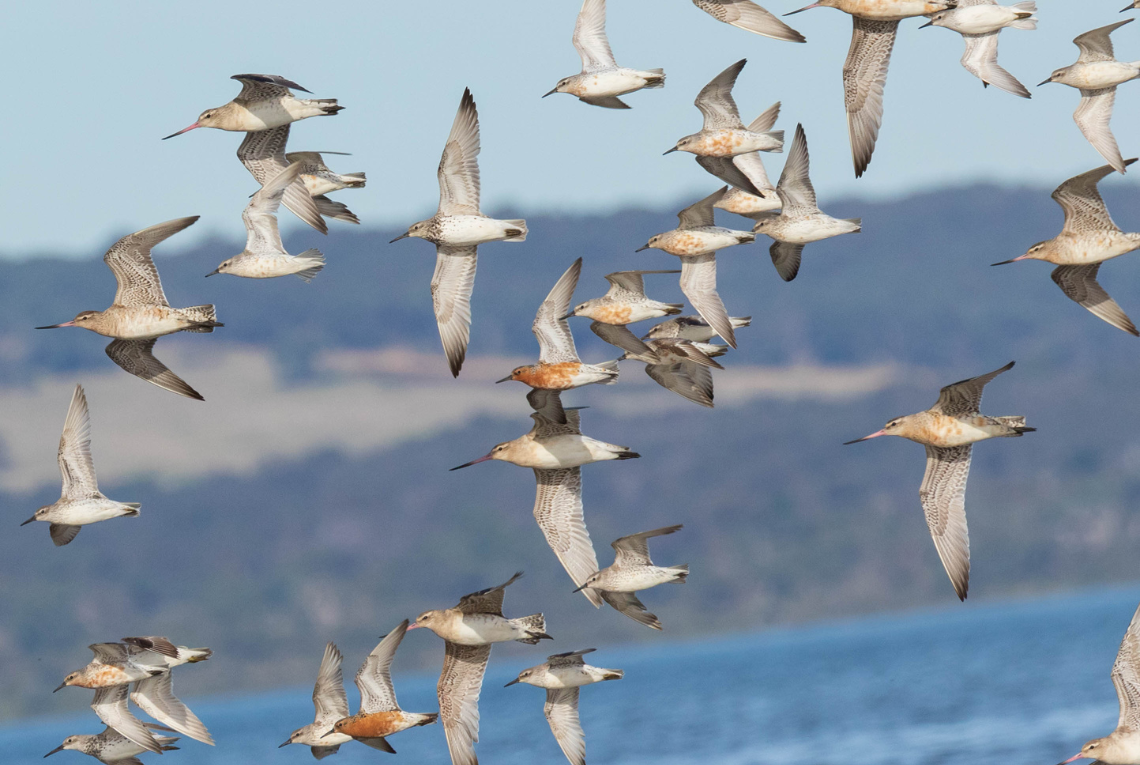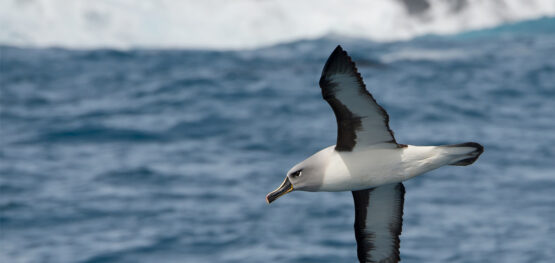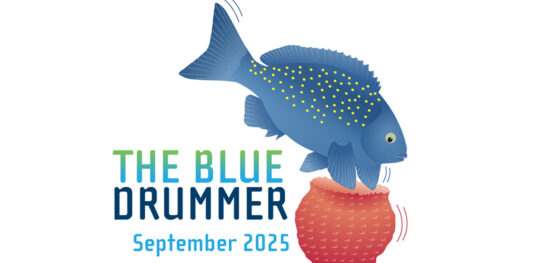Article
5 September 2025
Many of Australia’s migratory shorebird species have declined in recent decades, with habitat loss, disturbance, and climate change driving global population drops.
An early Marine and Coastal Hub project 1.21 analysed population trends for 15 key species. This research directly contributed to the listing of eight species as nationally threatened under the Environment Protection and Biodiversity Conservation Act 1999. However, it was not all bad news; the numbers for several species appeared to be stabilising, suggesting some conservation actions may be working.
A follow-up hub project focuses on supporting the recovery and management of migratory shorebirds in Australia. To understand which conservation actions are effective or have been ineffective, this project aims to identify the actions most likely to support the long-term survival of migratory shorebirds along the entire East Asian–Australasian Flyway (EAAF).
Led by researchers from the University of Queensland and Deakin University, the project is developing a science-based handbook to support conservation efforts. This includes on-ground actions and broader policy and planning initiatives, from Australia to Southeast and East Asia.

To develop this handbook, the team is reviewing the literature and interviewing more than 50 stakeholders to compile evidence on conservation actions implemented for shorebird species in the EAAF and identify gaps in current efforts. They are also inviting input from conservation practitioners along the EAAF through a short survey (provided in five languages). Professionals who have worked on shorebird conservation are encouraged to share what has worked, where, and why. Once finished, the handbook will be freely available.
The evaluation of conservation efforts requires considering population trends, variations in recruitment and mortality over time, and site-use along the flyway. To this end, the team is analysing a unique dataset of more than 570,000 banding records and 630,000 resightings of individually marked shorebirds, collected over nearly 50 years. This dataset is compiled primarily by enthusiastic citizen scientists, specifically the Australasian Wader Study Group, the Victorian Wader Study Group, the Queensland Wader Study Group and the Global Flyway Network. Without their amazing effort over the years, this important dataset would not exist.

One key finding so far is that all of the 12 species investigated show high site fidelity, returning to the same locations year after year. This suggests that changing sites and making birds move because of habitat deterioration comes at a considerable cost.
“The high site fidelity we are seeing across these species really highlights the importance of protecting specific locations … If we lose these sites, we risk losing the birds that depend on them.”
Dr Toby Ross, Postdoctoral Fellow, Deakin University
The dataset is also being used to model movement patterns and connectivity between sites, which helps in understanding how diseases such as avian influenza might spread. This work is the focus of another Marine and Coastal Hub project 4.26.
By combining practitioner knowledge with long-term data and ecological modelling of survival rates, the research team aims to equip conservation managers with the tools they need to halt and reverse shorebird declines along the flyway. As these birds cross international borders, their survival depends on the actions taken by multiple countries. The project’s findings will help direct conservation resources to where they will have the greatest long-term impact.



